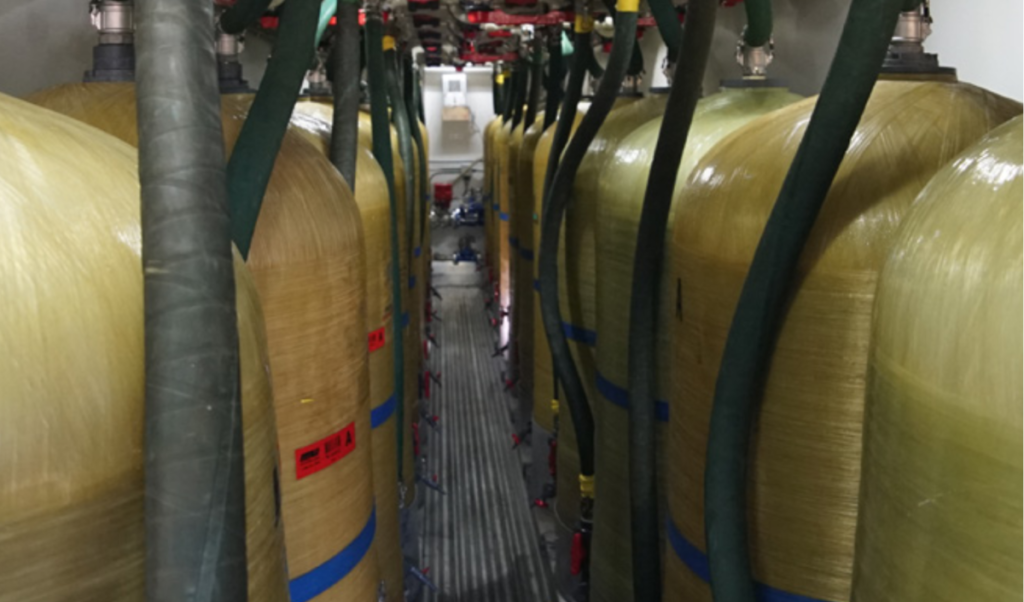
Problem
Low temperatures and water with high levels of phosphorous salts (alum) combined to gum-up the works for a Northern Ohio power plant, forcing ongoing clean-ups and production slowdowns.
In 2018, the assessment of water sup- plied from the local water supply was inaccurate which led to the installation of the wrong treatment plan. The power plant had a heating system designed to keep winter water temperatures at 70 degrees, but the inlet water was coming in too cold, around 34-39 degrees. As such, the heating unit was unable to reach the 70 degrees needed for the demineralizer.
With low temperatures, minerals settle and the alum in the intake water blocked the membranes. This blockage required the plant to execute a clean- in-place process (CIP) every 10 days. CIP procedures take time and money from any operation and cause setbacks throughout the plant.
Solution
To get the power plant back on track, MPW executed a complete water/chemical analysis and put in place the necessary equipment and procedures to ensure fewer cleans and greater efficiencies.
MPW assisted in every step to correct the gummed-up membranes, consistent high levels of alum and the lack of necessary water to operate at full capacity.
MPW determined the use of acids to counter act the alum build up, suggested ways to use the plant’s current equipment, and consulted throughout the changing water input make-up time period to determine the best solution to increase throughput and reduce CIPs.
Our expertise and determination got the solution the customer needed.
Results
The power plant started to see a change when MPW added 2 demineralizing trailers at a time to the site – a total of 22 used so far. The plant was finally able to move CIPs to every 3 weeks. The longest stint since opening in 2018.
In 2019, MPW placed a mobile reverse osmosis trailer on site. MPW’s RO design provides the ability to vary flow rate with changing influent water quality. “This RO allowed the plant to run at a higher flow rate with colder water and ultimately with less cleanings. In conjunction with the acid feed, we were able to increase flow, decrease the amount of labor to run it and limit the risk of shut down,” states Joe Kostelnick, Industrial Water Area Sales Manager.
From October 2020 to January 2021, this plant only needed one CIP, and since that one, the customer has not needed to execute a clean-in-place again.